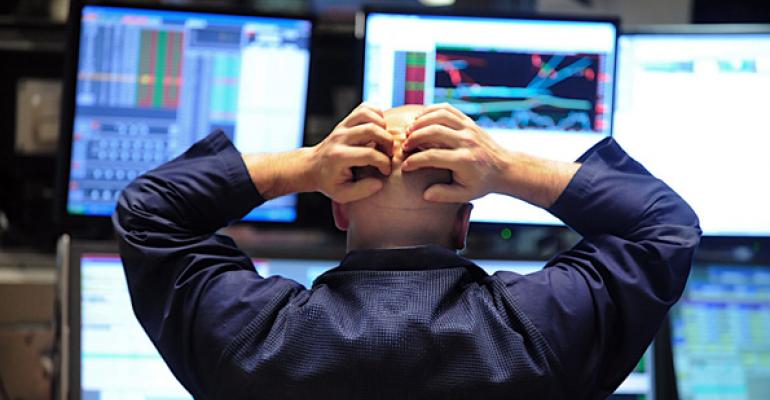By Brad McMillan
There has been much discussion recently about how the great financial crisis kicked off 10 years ago this week. We have retrospective interviews with participants, updates on how people fared during and after the crisis, and all of the typical media storytelling. It’s good stuff, and valuable for bringing a sense of perspective to the present moment. But it’s not all that useful in outlining what we should really be thinking of today in light of that history.
Risks over returns
The real lesson of the financial crisis, to my mind, was that the system was more vulnerable than anyone thought. Because of that, investors did not realize the risks they were taking. Since then, I personally have been focused on risks even over returns.
Let me give you an example. Not long ago, I was talking with an investment manager who had very good, if very volatile, returns. I asked what would happen if a certain set of events occurred and got the response, “Well, that almost never happens.” End of conversation, at least as far as I was concerned.
I didn’t talk to Long-Term Capital Management, the infamous investment firm whose collapse set off an earlier crisis. But if I had, I suspect I would have gotten a similar answer. That can’t happen, or that’s not a real possibility, or possibly our system can detect and move around that. In fact, of course, it collapsed when an unexpected event blew up the firm’s strategy.
Is the past a prelude to the future?
Right now, there are echoes of previous pre-crisis periods. Confidence, both business and consumer, is very high. Investor complacency is also high. Everything is going right, and the past is surely prelude to the future. We can’t have another crisis because ... and here you can fill in your favorite answer.
I don’t believe we can’t have another crisis. I also, however, don’t believe we have to have another crisis. The point here is that we simply don’t know and can’t know. So, how do we deal with it?
Focus on the data
We can take a lesson from what the Fed does, whose job it is to prevent and, if necessary, resolve crises: it follows the data. You can argue that what the Fed actually has done is not nearly that pure, but the idea itself works. If we look at the data itself, we keep ideology, hope, and fear out of the equation—and make better decisions.
Set realistic objectives
It’s not that simple, of course. Between what data to look at and what we can reasonably hope to do with that data, this simply gives us a starting point. For my own part, the first step has been setting realistic objectives as to what I can do. I can’t call a crisis, but I can study the data to find out what signs are most useful in predicting a pending one. Those are the ones we see in the monthly economic risk factor and market risk updates. That’s not enough, as I also follow current events and qualitative metrics, but it does give a quantitative framework to evaluate any other data. As for the objectives, I certainly can’t stop a crisis, but I can use those warning signs to steer around it.
Remain humble
Looking at that last sentence, though, it bears a certain resemblance to what I thought Long-Term Capital might have said. And the truth is, we can’t know. So, the final piece is simply to remain humble in the face of uncertainty, and—this is the most important part—don’t take more risk than you can stomach if things go very wrong.
The real lesson
Risk, in the form of asset allocation, debt, or what have you, is what gets you into trouble. Even if our models and predictions fail, if we simply are not that exposed, the damage will be limited. That, in fact, is the real lesson of the great financial crisis: take less risk. That lesson is as timely and, I suspect, as unappreciated as it was in 2007, in 1999, or prior to any other crisis.
Brad McMillan is the chief investment officer at Commonwealth Financial Network. This post originally appeared on The Independent Market Observer, Brad's daily blog.





